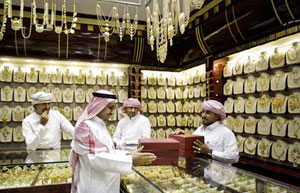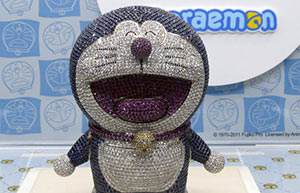For example, Prada has 34 stores in 22 cities of 20 provinces. There is no outlet in the remaining 11 provinces, which includes Henan province with a population of more than 94 million people. Louis Vuitton has 50 stores in 32 cities of 24 provinces, but none in the remaining seven provinces. Gucci has a presence in 34 cities of 26 provinces with 59 outlets.
The data show that there is a sizable gap in the market. The setting up of luxury brand stores should be more flexible and there should be a more flexible attitude toward the rapid development of China's e-commerce channels.
In many small cities in Europe, luxury stores have an area of about 80 square meters. This strategy can be copied in China.
Good electronic payment and logistics systems have prompted the development of Chinese e-commerce faster than in Europe. Luxury brands have to tap into the e-commerce market and collaborate with sophisticated e-commerce platforms.
Many customers live quite a distance from downtown shops and e-commerce is an effective way to target them.
Third, how can they maintain brand image and set up a positive, friendly and healthy image.
Over the years, the vast majority of Chinese consumers have complained about poor service. Sales staff are willing to provide services only for those who look very rich. They are indifferent or even impolite to those who do not appear so.
They should provide the same standard of service to all customers. If customers do not have a good experience, loyalty and brand reputation will suffer.
Fourth, how can they solve the aesthetic differences between Chinese and European customers? While brands have gradually started to focus on the needs of Chinese customers, product design is not oriented toward that end.
Chinese customers are not only different in culture and aesthetics, their living habits and physical structures are different from Europeans. Popular designs in Europe are not necessarily popular in China. Even compared with consumers in Asian countries such as Japan and South Korea, Chinese consumers have different tastes.
Luxury brands should invest more in product design and development for Chinese customers.
Jeff Gong is director and Rebecca Wang is marketing director of Beijing Vogue Glamour Brand Marketing Inc, a Beijing-based brand consultancy. The views do not necessarily reflect those of China Daily.
 |
 |
| Top 10 consumers of gold in the world | World's most expensive Doraemon staging in Wuhan |
